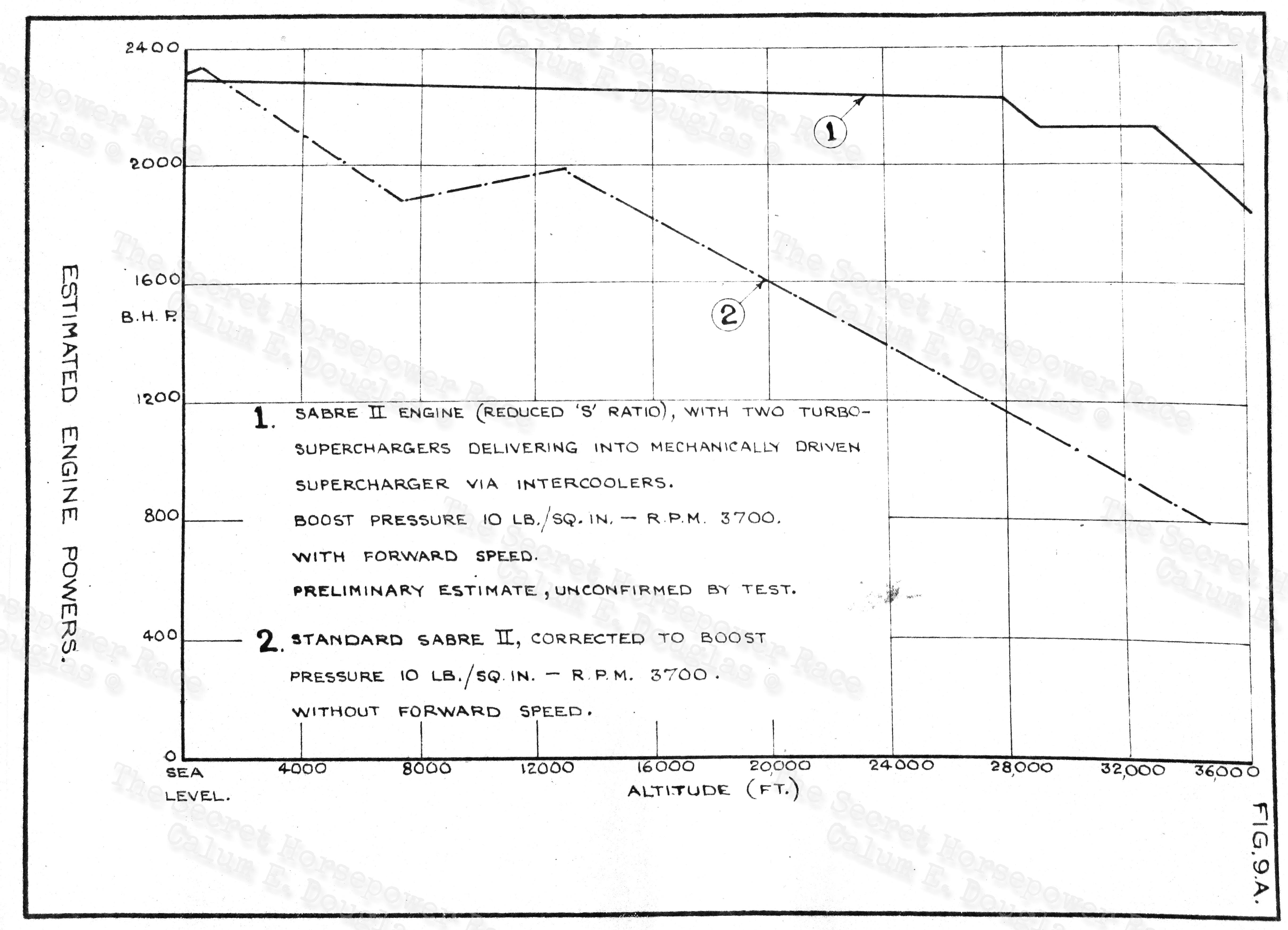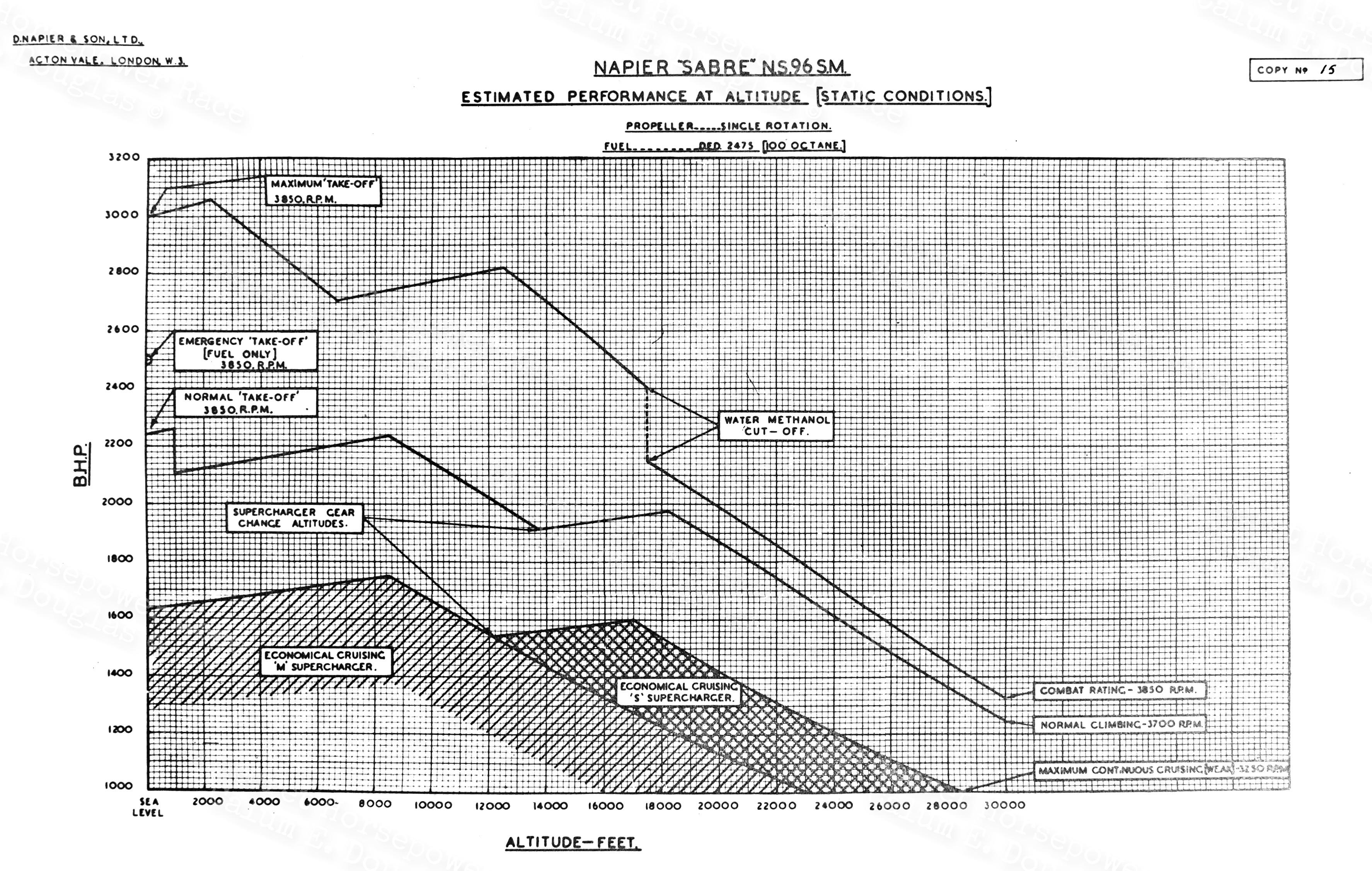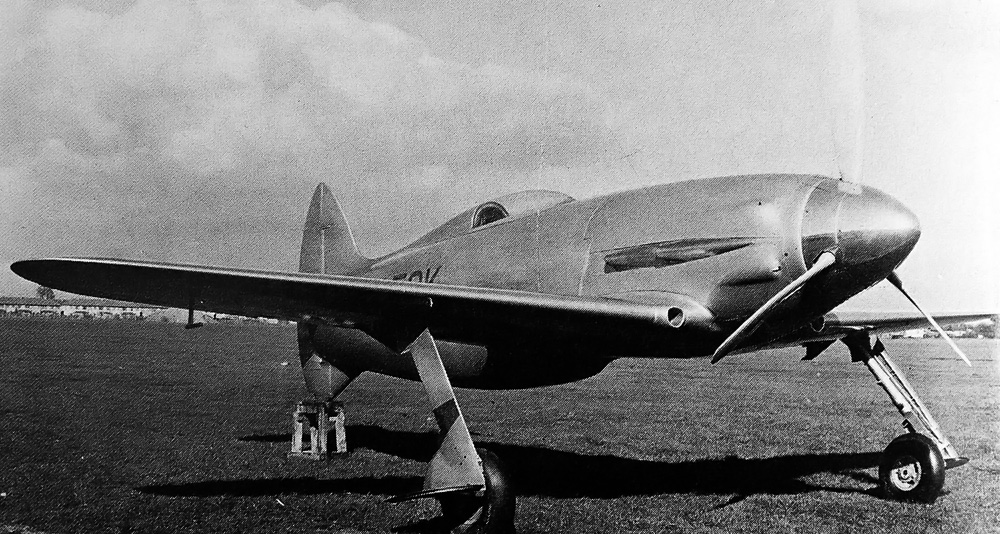J.A.W. wrote: ↑01 Feb 2021, 09:35
Tommy Cookers wrote: ↑31 Jan 2021, 23:22
...the British experts having been consistently wrong
like the experts who knew that an exhaust turbine couldn't recover power without 'back pressure...
Not really T-C, it was a matter of proper design/testing/production .....
+25lb for anti-V1 cruise-missile .... fitted with less restrictive LF Spitfire-type open exhaust stubs ....
'expertise' had Schneider Trophy planes (and Spitfires) laterally exhausting via 6 flush openings (no drag but no thrust)
followed on the Spitfire eg early 1937 by a laterally-ported cover/sleeve over of the 6 flush/almost-flush openings
(Oestrich's 1932 NACA Misc.Paper No 34 had first proclaimed the thrust available by rearwards exhausting)
till 1937 when Dorey and Pearson (not Hooker) of R-R produced the conspicuous 'ejector exhaust' for the Merlin
giving 70 lb thrust (author Price implies the cost in drag was small) at 300 mph (without loss of crankshaft power)
in Sept 1937 flight tests showed that the ejector exhaust increased the Spitfire max speed from 348 mph to 360 mph
(Hooker said prop efficiency was c.70% - Merlin had 840 lb thrust at ? mph vs Gloster's experimental jet plane 800 lb)
conspicuously the EE had 3 separate elements each combining and directing backwards exhaust from 2 adjacent cylinders
conspicuously the EE was characteristic of the 'Battle of Britain' - but it then conspicuously disappeared from production
promptly replaced by 6 stub systems - still of course called ejector exhausts
with Merlin unanticipated progress outmoding that anticipated ie the simple 40 series distancing the lavish 20 series
RJ Raymond's article in AEHS gives Hooker's view that (later) EE gave 13 lb exhaust thrust per 1000 crankshaft hp
NACA Pinkel's April 1941 view was 16% 'free bonus' exhaust thrust with prop efficiency 80% (at 350 mph 20000' 45" Hg)
Flight said DH Hornet exhaust thrust c.500 mph equivalent to 30% of crankshaft power (fewer % of prop power)
NACA report 765 in 1943 predicted 27% at 500 mph and MAP .2 bar over ambient
Hooker said was little of no exhaust thrust with turbocharging (unless at high altitude) - so EE was the best
the P-47J gave 23% 'exhaust thrust bonus' (if 80% prop effic) from turbo exhaust only - ok at 35000' and 500 mph
consistent with RJR giving NACA's paper showing EEs as better at low altitude than the turbocharged engines
correctly speaking none of these (3 or 6) EE /jet stub systems were restricted ..... ie
mean exhaust pressure was never increased above ambient - as exit nozzle area was at or above the critical area
(below critical area increase in exhaust pressure loses more in engine power/health than any gain in exhaust thrust)
yes critical area changes somewhat with MAP and ambient pressure ie altitude
though (it's said)? unlimited racers (props/gears non-ideal at extreme power) use 'constricted' exhaust exits/nozzles
sometimes to increase exhaust thrust and reduce engine power (relative to the potential otherwise)
and ... are tuned length exhaust systems (ie some free supercharging) viable in these low-altitude radials ?
a 3 EE system would suffer with the increased exhaust durations used later in WW2 (eg Merlins 288 deg)
because V12s have 8 of the adjacent cylinders exhausting at 240 deg intervals
the 12-stub Sabre would have had some limitations - this maybe a motivating factor for 24 stubs
(NACA compounding Allisons coupled non-adjacent exhausts 1+6 2+5 3+4 to get all 12 exhausting at 360 deg interval)
the original Typhoon had 4 3-1 manifolds each side
and extreme durations (via DI of course) then became the hot ticket eg the Wasp Major/4360
eg NACA Technical Note 1475 'Investigation of Valve Overlap Scavenging'
seemingly ....
the extractor exhaust was so named because in the 1930s the USA sought to improve air cooling via ....
multiple pipes exhausting backwards each extracting air (bounded by augmenter tubes) from around the engine
clusters of 3 pipes from chosen cylinders were an improvement
then the pipes were put in the flanks of the fuselage within common integral bounding (ie augmenting) ducting
in 1939 the NACA's Benjamin Pinkel saw NACA extractor reports - in Germany
then came the 'Zero' , 190 , P-42 etc etc
Pratt & Whitney made for the military a Sabre-in-all-but-name and a similar larger H3730
but they stopped these, paid back every dollar, and showed that eg the Wasp Major had less drag anyway
the anticipated huge bombers with buried engines were supervened by actual big bombers with thinner wings
and 115/145 etc




